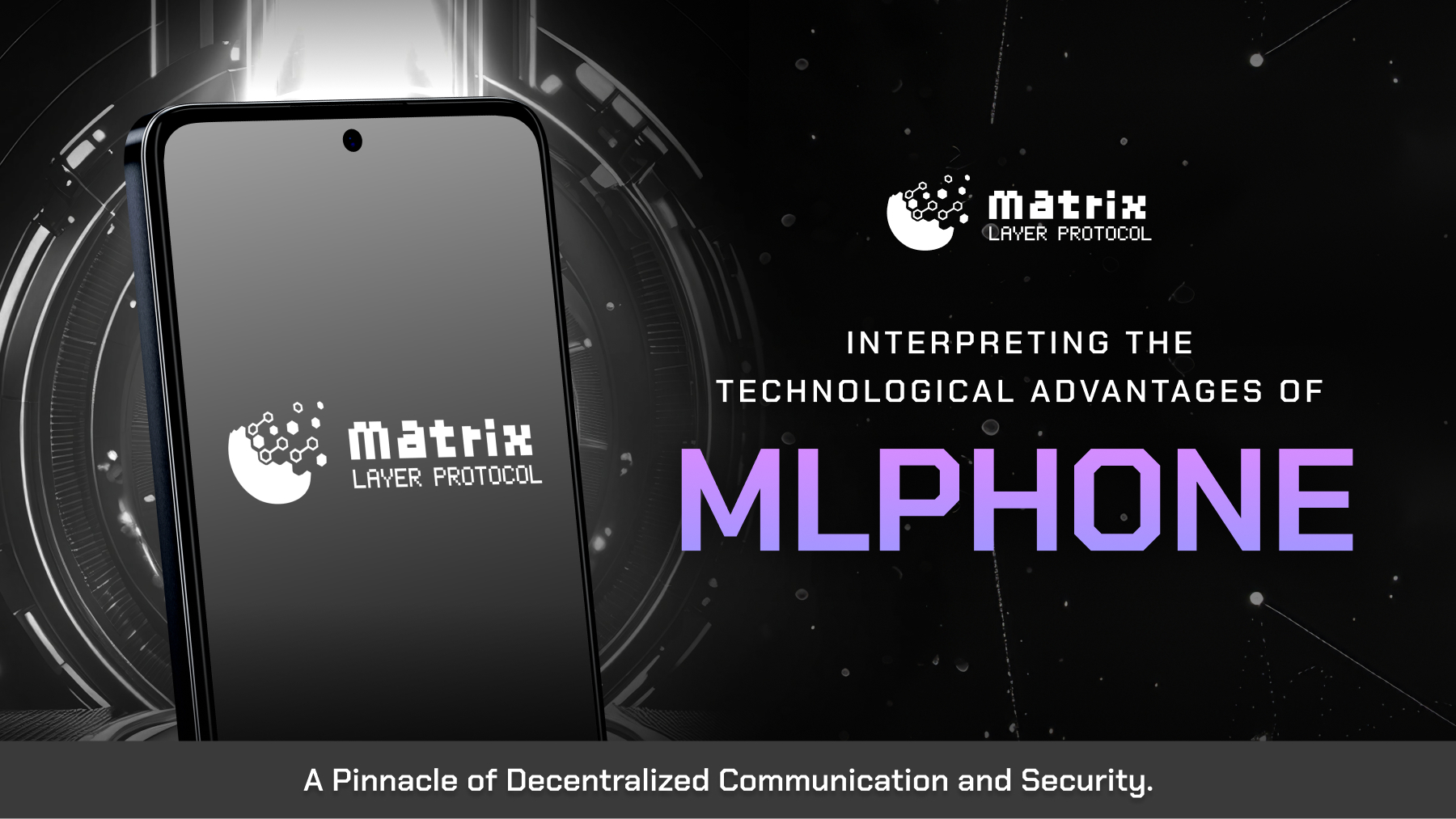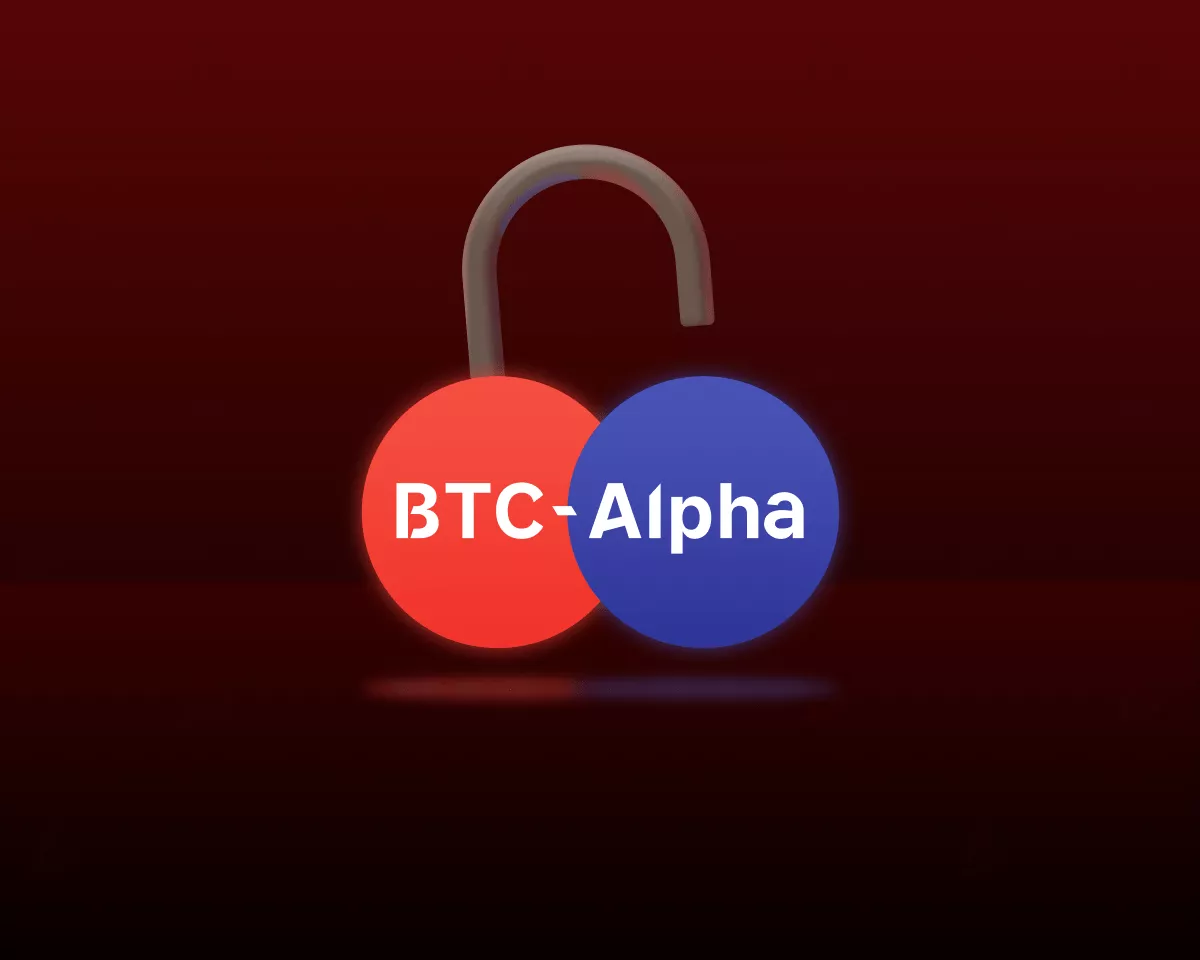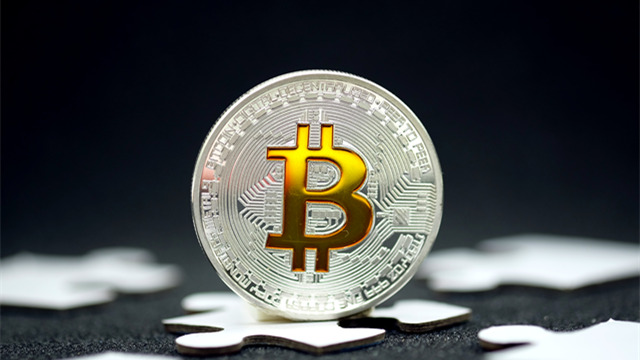As the Web3 ecosystem rapidly expands, blockchain technology is gradually permeating various smart devices, with smartphones becoming a crucial entry point into decentralized networks. However, despite the concept of Web3 phones being proposed for many years, existing smart devices still face many challenges and shortcomings, struggling to effectively meet the high demands for privacy, security, and efficiency in decentralized networks. The MLP (Matrix Layer Protocol) phone, with its revolutionary technologies such as iris recognition and decentralized communication protocols, is filling this gap and bringing unprecedented breakthroughs.
The Current State and Shortcomings of Web3 Smartphones
Web3 smartphones currently on the market mainly focus on hardware improvements and support for some decentralized applications, but there are still significant issues when it comes to truly integrating into decentralized networks:
- Lack of Security: Traditional Web3 smartphones largely rely on biometric technologies such as fingerprint and facial recognition for identity verification, but these technologies have gradually exposed risks of being hacked and forged, making user privacy vulnerable.
- Centralized Communication Methods: Although Web3 smartphones claim to have decentralized features, their communication protocols often depend on centralized service providers for data transmission, which does not fully align with the security and decentralization principles of Web3.
- High Barriers to Entry: Most Web3 smartphones require a high level of technical background from users, and complex configurations such as private key management, decentralized applications (DApps), and on-chain interactions often deter ordinary users, making it difficult to popularize widely.
In response to these challenges, MLPhone innovates from the ground up with more advanced technologies such as iris recognition and decentralized communication protocols, providing users with a truly secure and convenient Web3 experience.
Iris Recognition: A Biometric Verification with Higher Security
Iris recognition technology is one of the core highlights of the MLPhone, which authenticates user identity by scanning the unique patterns of the iris. Compared to traditional fingerprint and facial recognition, the iris has more complex and distinctive features, making it almost impossible to forge or replicate, thereby significantly enhancing the security of iris recognition.
The technical principle of this technology involves capturing the texture of the iris with infrared light and converting it into an encrypted digital feature code, which is then compared with the user's stored encrypted information. This encryption method utilizes Zero-Knowledge Proof (ZKP) technology, ensuring that the actual iris data of the user is not exposed during the verification process, thus further protecting user privacy.
- Non-forgeability: The complex structure of the iris makes it difficult to replicate, providing higher security compared to fingerprint and facial recognition. Even under extreme circumstances, hackers cannot crack the biometric information of users through simple technical means.
- High uniqueness: Each person's iris is unique, so using the iris as a means of user identity authentication can effectively prevent impersonation and identity theft, ensuring the security of user operations and assets in the Web3 network.
- Privacy protection: With Zero-Knowledge Proof encryption technology, iris recognition not only provides reliable identity verification but also ensures that no private data of the user is leaked during the verification process.
Decentralized Communication Protocol: Breaking Through the Web3 Network Bottleneck
MLPhone employs an advanced decentralized communication protocol, which, unlike traditional mobile phones that rely on centralized servers for data transmission, facilitates peer-to-peer communication through a decentralized network. This not only enhances network efficiency but also effectively circumvents the security vulnerabilities inherent in centralized networks.
The decentralized communication protocol is one of the core technologies of MLP. It achieves decentralized data transmission through a blockchain-based distributed network. Specifically, MLPhone treats devices as blockchain nodes, allowing users to directly participate in the network's consensus and data transmission via their mobile phones. Each node (i.e., each mobile phone) has the capability to engage in data validation and transmission path selection, utilizing AI algorithms to adaptively optimize the transmission routes, ensuring that data circulates in an efficient and secure manner.
- True Decentralization: Unlike traditional Web3 mobile phones that depend on centralized data transmission, MLPhone relies entirely on decentralized networks for communication, with data not passing through any third-party servers, significantly enhancing privacy and data security.
- Reducing Latency, Enhancing Efficiency: MLP's multi-dimensional network architecture can simultaneously handle communication requests from multiple nodes, using AI technology to optimize transmission paths in real-time, markedly reducing network latency. Whether it's high-frequency trading, gaming, or video conferencing that requires rapid response scenarios, MLPhone can ensure a smooth experience.
- User Incentive Mechanism: MLPhone's decentralized network allows users to participate in blockchain consensus by contributing computing power and storage resources and earning token rewards. This incentive mechanism not only boosts user enthusiasm but also promotes the stable development of decentralized networks.
The Future Outlook of MLPhone
As the Web3 ecosystem continues to expand, MLPhone, as a pioneer in decentralized communication and security technology, will play a significant role in the future. Its innovative iris recognition technology and decentralized communication protocols provide users with a secure, reliable, and seamless Web3 interaction experience, while also bringing new possibilities for digital financial inclusion on a global scale.
Breaking Down Technological Barriers for Web3 Adoption
MLPhone simplifies the interaction of blockchain applications, allowing ordinary users to easily enter the decentralized world. Its user-friendly interface and convenient identity authentication enable users to participate in decentralized finance (DeFi), NFT markets, and decentralized application (DApp) interactions without complicated settings. With technological maturity and improved user experience, MLPhone is expected to become a popularizer of global Web3 applications, further promoting the application of blockchain technology in daily life.
Future Multi-chain Support and Cross-chain Ecosystem
In addition to the existing decentralized communication and security technologies, MLPhone will also commit to supporting multi-chain compatibility and cross-chain transactions in the future, providing users with broader access to the blockchain ecosystem. Whether it's Bitcoin, Ethereum, or other public chains, users will be able to achieve cross-chain interactions through MLPhone, further reducing the technological barriers to the decentralized world.
Implementation of Decentralized Governance
MLPhone also plans to introduce a Decentralized Autonomous Organization (DAO) model, allowing users worldwide to participate in the governance and development of the network. Through DAO, users can vote on network upgrades and management decisions, truly achieving self-governance and community co-governance of the network. This will further stimulate user participation and promote the vigorous development of the global decentralized network.
Conclusion
MLPhone, with its advanced iris recognition and decentralized communication protocols, sets new standards for communication and security in the Web3 era. By addressing the current shortcomings of Web3 smartphones, such as insufficient security and lack of decentralization, MLPhone is committed to leading global users into a safer and more efficient decentralized world. In the future, MLPhone will not only promote the popularization of blockchain technology but also become an important part of the Web3 ecosystem, empowering global users to participate in the innovation and development of the digital economy.














